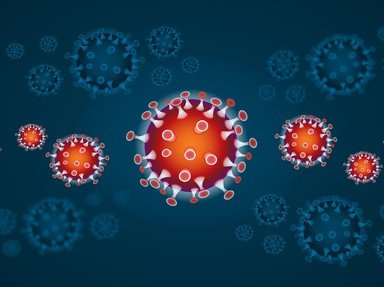Quiz Answer Key and Fun Facts
1. The Human Immunodeficiency Virus (HIV) is a retrovirus. Why is it categorised as such?
2. In 1959 a blood sample was taken from a man who died of unknown causes and archived for future analysis. This blood sample was later tested for HIV and it was proven that he in fact died of the first documented case of AIDS. Where did he die?
3. From which retrovirus common among African primates is HIV suspected to have progenerated?
4. Who were the first scientists to identify the HIV-1 virus in the early 1980's?
5. To which receptor sites on the cellular membrane of a host cell do the HIV envelope proteins gp 41 and gp 120 bond?
6. Which viral enzymes enable HIV to replicate inside a host cell?
7. What do you call the process whereby the body starts to produce antibodies in response to the HI virus?
8. The most common method used for HIV testing is called the ELISA method. What does this acronym stand for?
9. What do you call the 4 to 8 week period between initial infection with HIV, and the point at which a person's ELISA blood test will indicate a positive result?
10. Antiretroviral medications have proven very effective in the management of HIV and AIDS. What do these medications do?
Source: Author
Nimrodel01
This quiz was reviewed by FunTrivia editor
crisw before going online.
Any errors found in FunTrivia content are routinely corrected through our feedback system.
